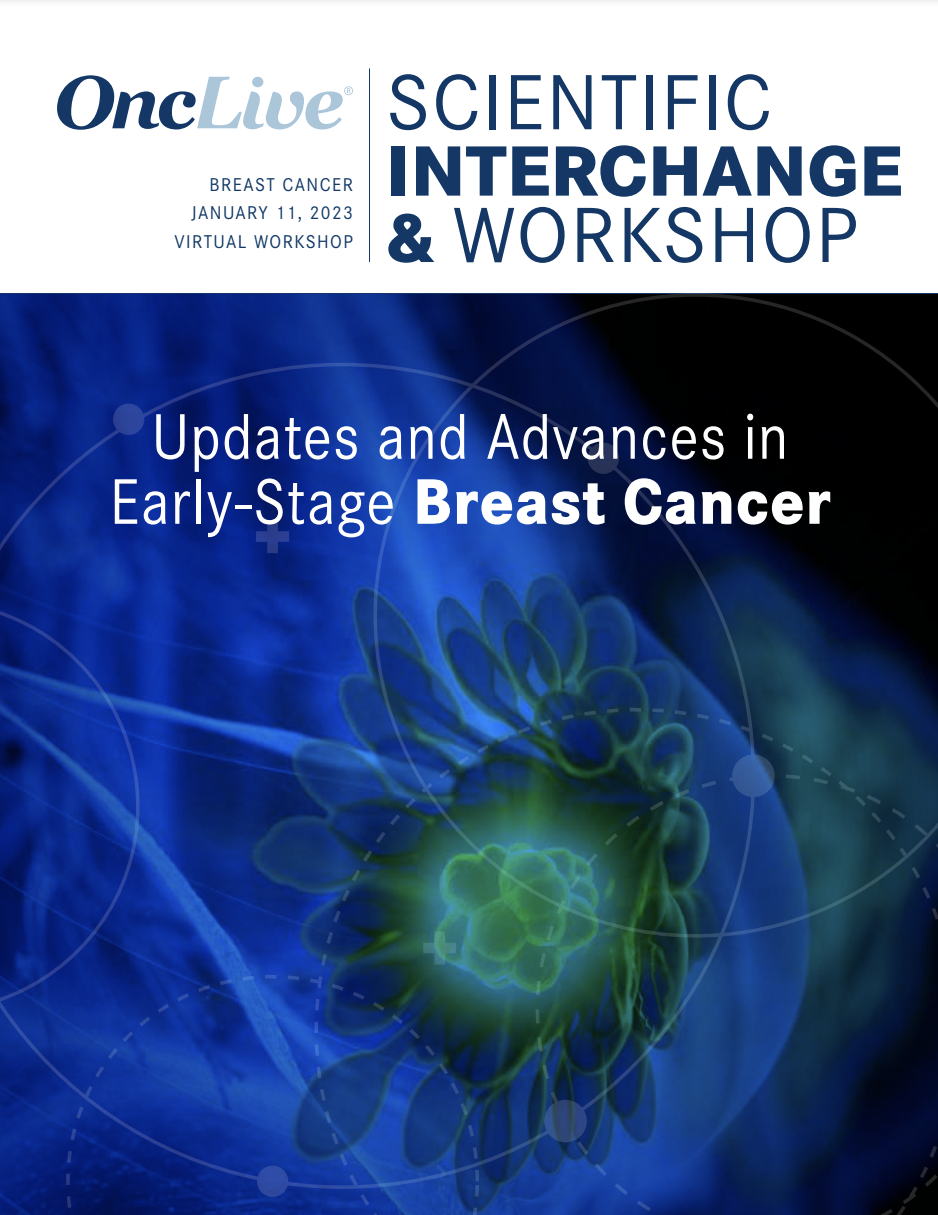Commentary
Video
Supplements and Featured Publications
Dr Cortes on the Phase 4 BYOND Study in Previously Treated Patients With CML
Author(s):
Jorge E. Cortes, MD, discusses efficacy and safety findings from the phase 4 BYOND study in previously treated patients with Ph+ chronic myeloid leukemia.
Jorge E. Cortes, MD, director, Georgia Cancer Center, Cecil F. Whitaker Jr., GRA Eminent Scholar Chair in Cancer, Augusta University, discusses efficacy and safety findings from the phase 4 BYOND study (NCT02228382) investigating bosutinib (Bosulif) in previously treated patients with Philadelphia chromosome (Ph)–positive chronic myeloid leukemia (CML) and highlights the adverse effects (AEs) associated with the treatment.
This study highlights the efficacy of the second-generation TKI bosutinib, particularly in the third- and fourth-line settings, Cortes begins. Although bosutinib is mainly used in the second line, it has shown effectiveness even in later treatment stages, he emphasizes. Major molecular response (MMR) rates such as MR4 and MR4.5 with bosutinib remain comparable between subgroups stratified by number of prior lines of therapy. This was true even for patients undergoing fourth-line therapy, who achieved a MR4.5 rate approaching 50%, according to Cortes. This finding underscores the importance of proper dose management, as demonstrated inthe study, Cortes reports. Patients whose doses were adjusted based on their response rarely lost their therapeutic benefit, emphasizing that managing the drug well can optimize outcomes, he says. Beyond the choice of drug, the method of drug administration matters, he adds.
Notably, bosutinib received FDA approval in 2012 at a daily dose of 500 mg for the treatment of adult patients with Ph-positive CML who are resistant or intolerant to prior TKIs.
One key takeaway from long-term data with bosutinib is the importance of dose adjustments tailored to each patient’s response, Cortes expands. AEs, such as diarrhea, nausea, rash, and liver toxicity, are often manageable with interventions beyond reducing the dose, he explains. For instance, diarrhea can be controlled with anti-diarrheal medications that patients can keep on hand for critical situations, whereas nausea medications and short courses of corticosteroids can address rash or liver toxicity, he highlights, noting that these strategies can help patients avoid immediate treatment changes and maintain their response to the drug. Additionally, dietary interventions and patient education may aid in minimizing AEs, Cortes says.
It is essential to leverage all available tools—dose adjustments, supportive care, and patient education—to manage AEs effectively, he continues. Early intervention often leads to symptom improvement over time, allowing patients to continue treatment and achieve better outcomes, Cortes concludes.










